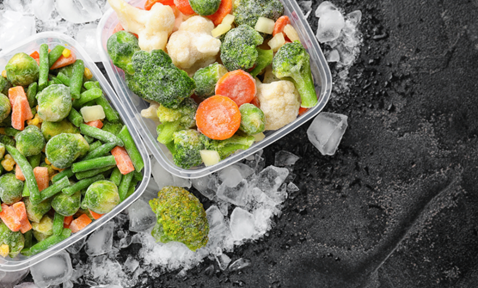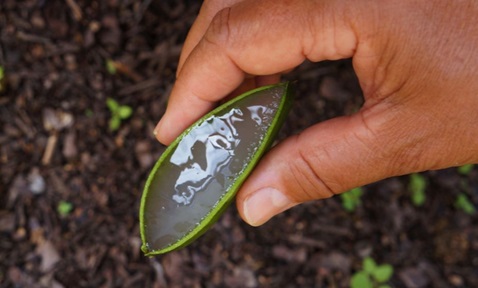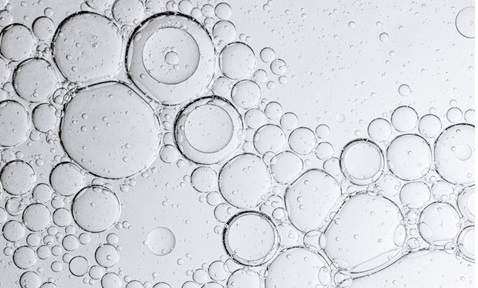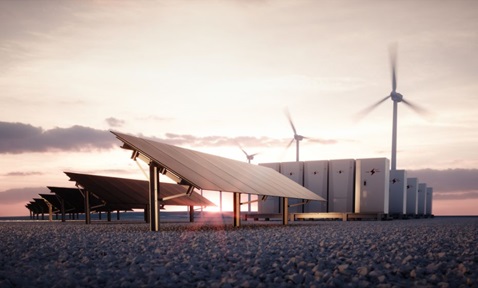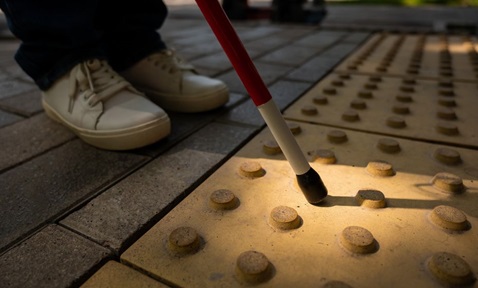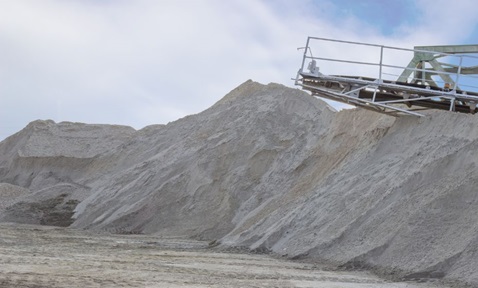
Sustainable Radiative Cooling Technology for Sub-Ambient Cooling
Synopsis
This radiative cooling technology offers zero-energy cooling technology by leveraging advanced cooling paint technology to passively reduce surface temperatures. Using a novel coating that combines principles from physics, materials science and heat transfer, this solution provides sub-ambient cooling, even under harsh climatic conditions. The sustainable cooling coatings can be applied to any sky-facing surfaces, helping reduce energy consumption while offering an eco-friendly cooling solution.
Opportunity
Current cooling paint technology is limited in performance, particularly in hot and humid climates. This radiative cooling technology outperforms commercial alternatives by achieving higher reflectivity and emissivity, delivering superior cooling while incorporating self-cleaning and durable properties.
The coatings not only provide passive radiant cooling but also contribute to urban heat island mitigation by lowering surrounding air temperatures. Applied on building or infrastructure, they can significantly reduce air-conditioning demand, leading to energy cost savings. Additionally, the coatings can also be fabricated from recycled materials, reducing reliance on virgin plastics and upcycling polymer waste for higher-value applications.
Technology
This zero-energy cooling technology relies on passive radiant cooling, where thermal radiation emission and high solar reflectivity reduce surface temperatures below ambient levels. The coatings achieve high reflectivity of >95% in the solar spectrum, which minimises heat absorption, and high emissivity of >95% in the atmospheric window, which radiates heat away into space.
When applied to buildings and infrastructure, this technology lowers surface and ambient temperature, thereby reducing energy use in cooling or demand for air-conditioning. Large-scale adoption can mitigate the urban heat island effect, where pedestrian-level air temperatures can be significantly reduced for comfort. In Singapore’s hot and humid climate, the coatings have demonstrated the ability to cool surface by up to 3○C below ambient temperature, providing effective zero-energy cooling.

Figure 1: Effectiveness of the radiative cooling paint vs commercial paint.
Applications & Advantages
Applications:
- Buildings and infrastructure – Reduces cooling energy consumption.
- Urban heat island mitigation – Improves outdoor thermal comfort.
- Sustainable cooling coatings for roofs, facades and public spaces.
Advantages:
- Energy savings – Lowers indoor cooling demand.
- Self-cleaning, high-durability coatings for extended performance.
- Flexible application – Compatible with various building surfaces.
- Eco-friendly cooling solution – Can be made from recycled materials for added sustainability.
Find out more from our media release or learn more about this technology here.




.tmb-listing.jpg?Culture=en&sfvrsn=82921582_1)
.tmb-listing.jpg?Culture=en&sfvrsn=40b426f_1)
.tmb-listing.jpg?Culture=en&sfvrsn=29c7e020_1)
.tmb-listing.jpg?Culture=en&sfvrsn=ab6472c8_1)
